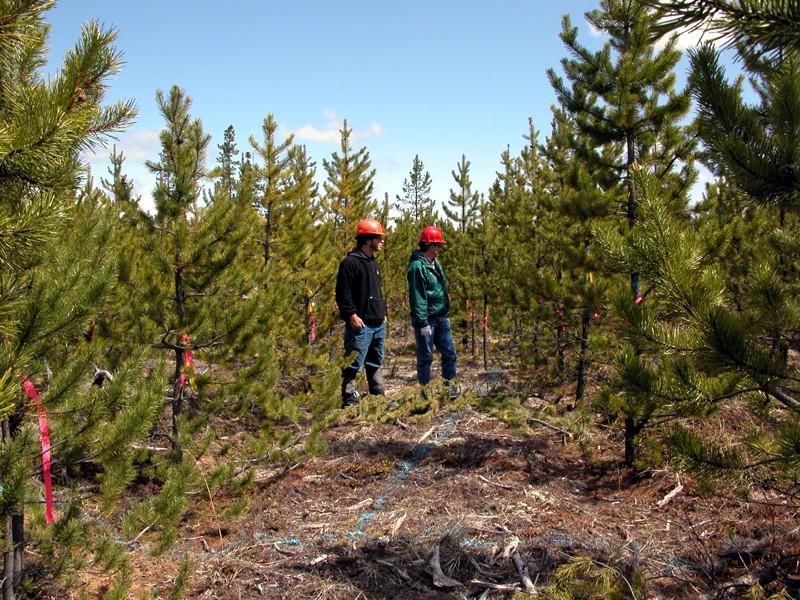Reclamation is an important aspect of industrial development in many regions of North America, and as a result there are several research groups devoted to investigating best practices for different areas. While topography, soil types and vegetation may be quite different from one region to the next, some of the research results may be applicable to Alberta’s varied landscapes as well.
Appalachian Regional Reforestation Initiative
The Appalachian Regional Reforestation Initiative is a coalition of groups from the eastern US who are working together to enhance the reforestation success of reclaimed surface mined land. Their research is primarily concerned with the negative effects of excessive compaction prior to reclamation, and the ways to increase reforestation through tree planting. The ARRI has produced a series of Advisories that provide specific how-to information for improved reclamation practices.
1. Appalachian Regional Reforestation Initiative. Low compaction grading to enhance reforestation success on coal surface mines. July 2007
A how-to advisory for achieving a low-compaction final grade on reclaimed sites as part of the Forest Reclamation Approach (FRA) advocated for surface mines in the Appalachian region of the United States. Includes specific instructions for equipment operators.
2. Appalachian Regional Reforestation Initiative. Loosening compacted soils on mined sites. July 2007
An additional advisory from the Appalachian Regional Reforestation Initiative with instructions on loosening soil that has already been compacted in order to improve reforestation success.
3. Appalachian Regional Reforestation Initiative. Selecting materials for mine soil construction when establishing forests on Appalachian mine sites. July 2011
An advisory explaining the importance of good soil before replanting is done on reclaimed sites. Although the specific information is for the Appalachian region, the principles can be applicable to other regions.
Wyoming Reclamation and Restoration Centre
The Wyoming Reclamation and Restoration Centre is housed within the University of Wyoming’s College of Agriculture and Natural Resources. The focus on the WRRC is to provide practical solutions for making the best reclamation choices. They host workshops and publish bulletins with how-to information for applying the research to reclamation sites.
1. Jay Norton, Ania Krzyszowska-Waitkus & Todd Loubsky. Successful Restoration of Severely Disturbed Lands: Overview of Critical Components. Wyoming Reclamation and Restoration Centre. December 2009
Eight steps to successful reclamation are described, from determining the objectives to monitoring the restored landscape.
2. Jay Norton & Calvin Strom. Successful restoration of severely disturbed lands: Identifying suitable soil for salvage prior to disturbance. Wyoming Reclamation and Restoration Centre. August 2011
This bulletin provides information on how to identify suitable soil on a site before it has been disturbed in order to make sure that the necessary elements are salvaged for later reclamation. Although created for use in Wyoming, the tools can be applied elsewhere.
3. Laurel Vicklund, Editor. “Topsoil” Chapter from Handbook to Western Reclamation Techniques. Wyoming Reclamation and Restoration Centre. Second Edition. 2006
A detailed explanation of the importance of properly salvaging and stockpiling topsoil for future reclamation success, including specific methods to be used during construction.
4. “Topsoil Quick Reference” from Handbook to Western Reclamation Techniques. Wyoming Reclamation and Restoration Centre. Second edition, 2006.
A brief guide for contractors to use when salvaging and stockpiling topsoil during road construction and other industrial activities.






